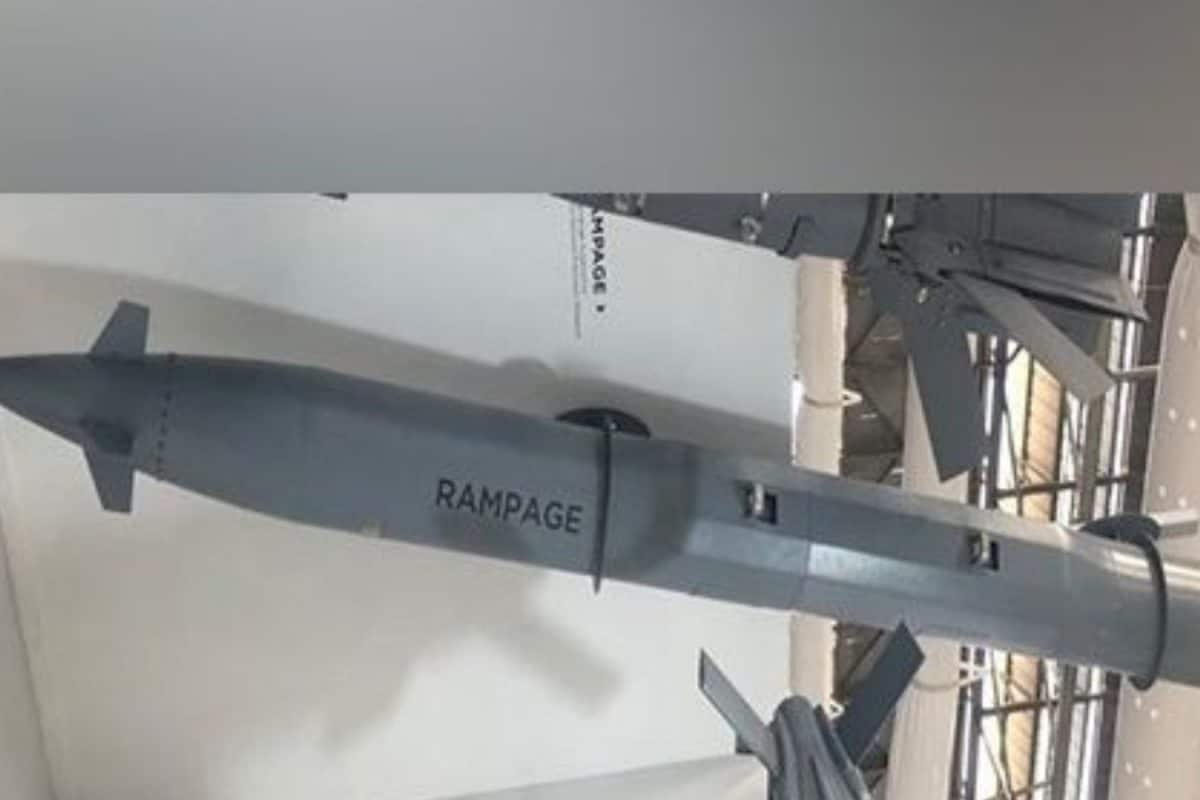

Riding on the success of Operation Sindoor, the Indian Air Force (IAF) is planning a significant expansion of its arsenal with the acquisition of more Israeli-origin Rampage air-to-ground missiles. These missiles, known as the "High Speed Low Drag-Mark 2" in IAF service, have already been integrated with frontline fighter aircraft, including the Su-30 MKI, Jaguar, and MiG-29.
Defense sources indicate that the orders are being processed under fast-track procedures and are expected to be cleared soon. The Rampage missile proved its effectiveness during Operation Sindoor, where it was extensively used by Su-30 MKIs against Pakistani positions. Specifically, the Rampage was deployed with devastating accuracy during operations against terror hubs in Muridke and Bahawalpur in Pakistan's Punjab province. It also played a decisive role during Operation Sindoor, where Su-30MKIs launched the missile in large numbers to target Pakistani positions deep inside their territory.
India first inducted the Rampage in 2020–21, following tensions with China in eastern Ladakh. The missile is designed for high-speed, long-range precision strikes, giving aircraft the ability to hit targets deep inside enemy territory while staying out of range of air defence systems. The missile travels at supersonic speeds of around Mach 5, making them extremely difficult to intercept, and can penetrate fortified bunkers.
The integration of Rampage has significantly boosted the Su-30 MKI fleet's strike capability, which can already carry long-range BrahMos missiles with ranges of over 400 km. The Air Force is now exploring options to fit the Israeli missile onto additional aircraft types. There is also consideration of producing the weapon in India under the "Make in India" initiative, paving the way for large-scale induction in the future.
IAF's modernization plan includes not only acquiring more Rampage missiles but also integrating them into more aircraft, including those used by the Navy. The Rampage orders are part of the Air Force's wider plan to expand its long-range strike and air defence arsenal. During Operation Sindoor, the Air Force successfully deployed stand-off weapons such as BrahMos, SCALP, Rampage and Crystal Maze to target enemy bases from 250 to 450 km away, staying clear of Chinese HQ-9 surface-to-air systems.
Alongside foreign acquisitions, the service has asked the Defence Research and Development Organisation (DRDO) to develop extended-range versions of the Astra air-to-air missile and to accelerate progress on the Project Kusha long-range air defence system. The Air Force is also considering acquiring Russia's R-37 missile, known for its long reach and potential to give India an edge over both western and northern adversaries. Plans are also underway to acquire more S-400 squadrons from Russia, which have played a decisive role in recent operations by deterring enemy aircraft.
The Rampage missile, developed by Israel Aerospace Industries (IAI), is a long-range, supersonic, air-to-ground missile specifically engineered for precision strikes from stand-off range against high-value, strategic targets. Designed to launch from a stand-off distance, RAMPAGE minimizes risks to aircraft and crew by enabling operations well outside enemy air defenses. This capability is vital for targeting high-value, stationary, or relocatable assets such as command centers and air force bases. With these inductions, the Air Force aims to reinforce its long-range strike and defence capabilities to counter threats on both western and northern fronts.